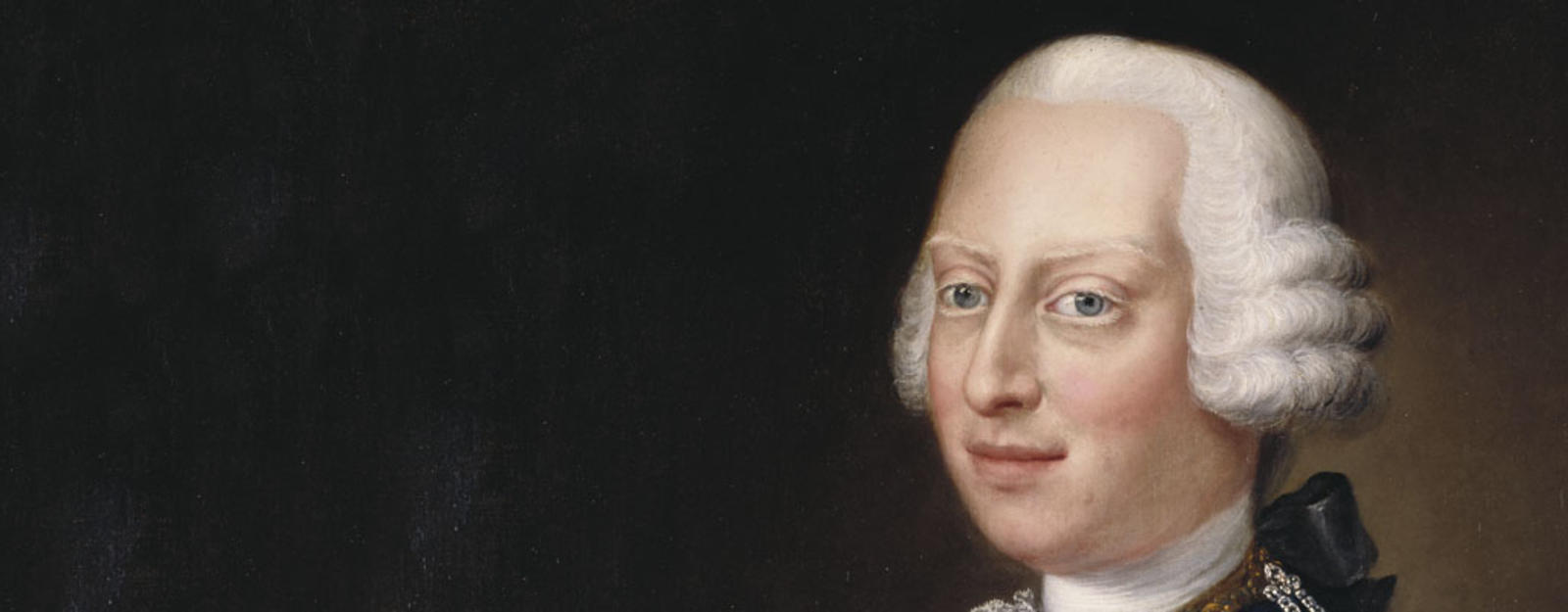Frederick Louis, Prince of Wales (1707-51)

- Born 1707, Leine Palace [Hanover]
- Died 1751, Cliveden [Buckinghamshire]
Frederick was born at Leine Palace in Hanover. He spent much of his youth there and was on poor terms with his father. In 1736 he married Princess Augusta of Saxe-Gotha-Altenburg; their children included the future George III.
Frederick, Prince of Wales, was a great royal collector. Estranged from his parents, he created a court of his own, and was keen to patronise contemporary artists and craftsmen. His more informal style and approachability is visible in some of the portrait works that he commissioned from French and Swiss artists working in England - of himself and his sisters and later of his own children.
Keenly aware of his own royal predecessors, he took an interest in Charles I's collection including the Banqueting House ceiling, and the Raphael cartoons, and began to collect Old Master pictures and Mortlake tapestries similar to Charles's. Works by Rubens and Van Dyck entered the collection, two splendid landscapes by the French painter, Claude Lorrain and an album of drawings by Nicolas Poussin - all highlights of the collection today. Frederick was also interested in Tudor works of art, purchasing miniatures of high quality and a portrait by Holbein. George Vertue, an early historian of art stated that ‘No Prince since King Charles the First took so much pleasure nor observations in works of art or artists’.
Frederick's tastes in the decorative arts tended more to the eighteenth-century French Rococo style. He commissioned silverware from Crespin and Sprimont, continental craftsmen and leaders of taste in designing and making silver objects. The most spectacular of these is the Neptune centrepiece, its marine inspiration a key Rococo feature. Frederick was also a keen patron of ornate, gilded furniture such as this example. William Kent remodelled Carlton House and built the White House at Kew for him, and also designed his state barge.
Frederick was keenly interested in landscape and botany. Although he and his family lived in central London at Carlton House, and later Leicester House, he viewed his land at Kew as a kind of retreat and spent a good deal of time there. He began the exotic planting of the grounds, the nucleus of the Royal Botanic Gardens at Kew.